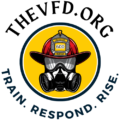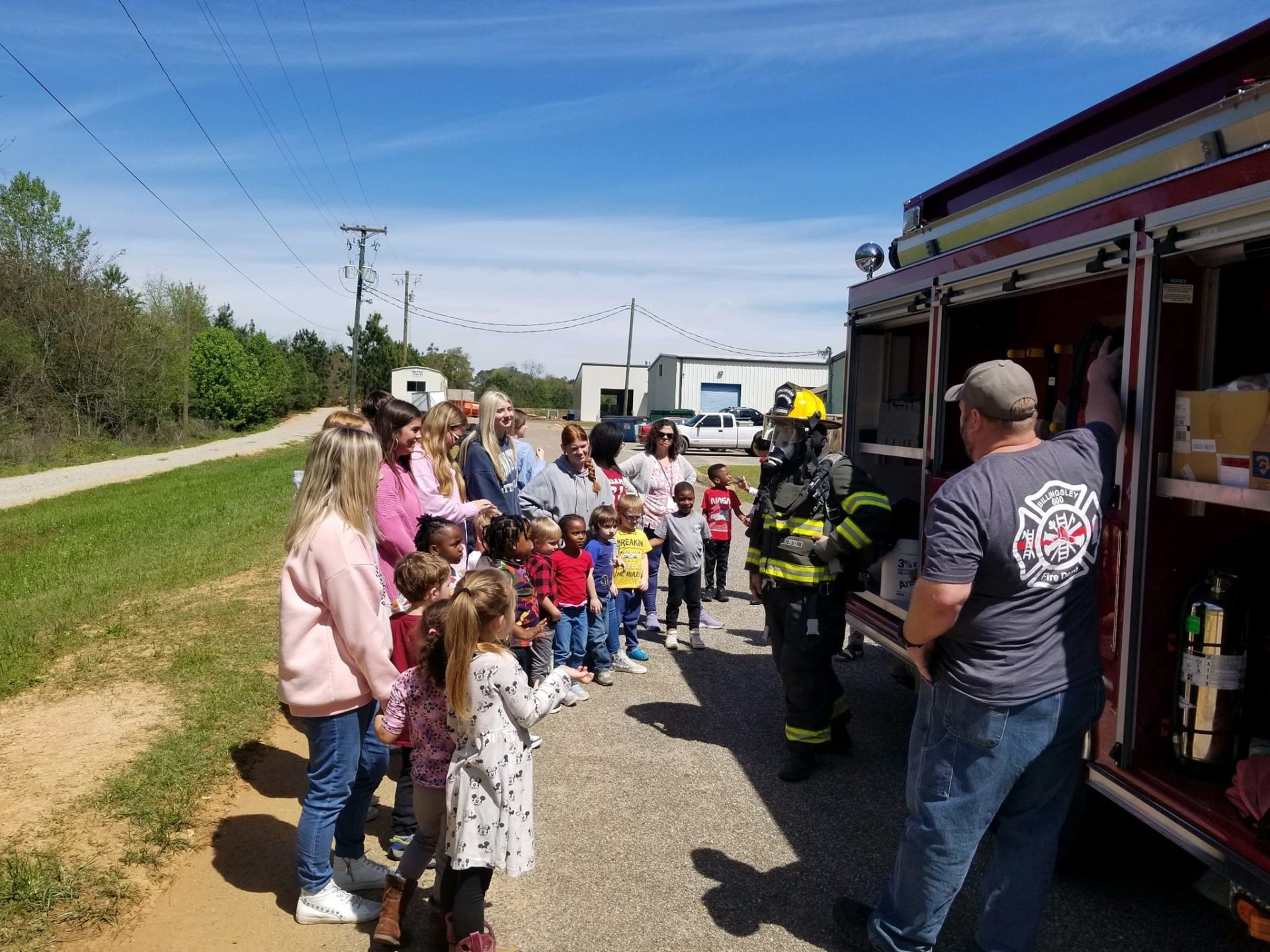Volunteers play a vital role in ensuring effective communication within your local fire department. Improving communication can enhance teamwork, streamline operations, and ultimately ensure the safety of your community. In this guide, you will learn practical strategies that you can implement to strengthen communication among your team members. From utilizing modern technology to fostering a culture of open dialogue, these tips will help you create a more cohesive and efficient volunteer fire department.
Understanding the Importance of Communication
To effectively serve your community, it’s crucial to recognize the significance of communication within your local volunteer fire department. Clear, open channels of communication allow team members to quickly share vital information, coordinate resources, and respond efficiently during emergencies. Enhancing these communication practices not only fosters collaboration but also builds trust and morale within your team, ultimately leading to better service to the community you protect.
The Role of Effective Communication in Fire Departments
Effective communication is fundamental in fire departments, acting as the backbone that supports operational success. It ensures that information flows smoothly between firefighters, officers, and support staff, allowing for timely decision-making and coordinated response efforts. When all members are on the same page, you enhance the overall efficiency and safety of your operations, making it easier to tackle challenges as they arise.
Benefits of Enhanced Communication
Communication enhancements can lead to numerous benefits for your fire department. Improved information exchange not only streamlines operations but also bolsters team cohesion and instills confidence among members during high-pressure situations.
A more connected communication framework fosters a culture of transparency and collaboration, enabling you to address potential issues proactively. This can lead to reduced response times, fewer misunderstandings, and increased safety for both team members and the community. Additionally, enhanced communication can provide opportunities for ongoing training and skill development, ensuring that everyone on your team is well-prepared to handle emergencies effectively.
Assessing Current Communication Practices
While evaluating how your local volunteer fire department communicates can significantly enhance operational effectiveness, it’s important to first assess the current practices in place. This includes examining both formal and informal channels of communication among members. Understanding these practices will provide insight into what is working well and where improvements are necessary, ensuring that all members are engaged and informed.
Identifying Communication Gaps
Identifying gaps in your communication practices is vital for fostering a cohesive and responsive team environment. This process involves gathering feedback from members to uncover areas where messages may not be effectively reaching everyone, thereby ensuring that important information does not fall through the cracks.
Evaluating Tools and Resources
Communication tools and resources play a significant role in how effectively information is shared within your department. Assessing these tools allows you to determine whether they meet the needs of your team and facilitate timely information exchange.
Resources such as mobile apps, messaging platforms, and training materials can enhance communication flow among team members. By evaluating your current tools, you can identify any shortcomings or areas of improvement, enabling you to implement more effective solutions tailored to your department’s specific needs. Consider team preferences and usability to ensure that chosen resources foster engagement and streamline communication efforts.
Tips for Improving Internal Communication
Even in a volunteer fire department, effective internal communication can be achieved through several strategies:
- Establish regular meetings.
- Utilize group messaging apps.
- Encourage feedback from all members.
- Set clear communication protocols.
- Promote a culture of transparency.
Perceiving the value of these approaches can vastly improve team dynamics and operational efficiency.
Encouraging Open Dialogue among Members
Encouraging open dialogue among your members fosters a sense of community and trust. Create an environment where everyone feels comfortable sharing their thoughts and concerns, whether it’s in a meeting or through informal chats. Regular discussions not only build relationships but also lead to better problem-solving and collaboration.
Implementing Regular Training Sessions
If you implement regular training sessions, you strengthen both skills and relationships within your department. These sessions provide a structured opportunity for members to learn and practice necessary techniques while enhancing team communication.
The key to effective training sessions lies in their frequency and engagement. Schedule them consistently, focusing on both technical skills and teamwork exercises. Facilitate discussions after each session to allow members to reflect on their experiences and address any questions. This approach not only reinforces learning but also creates an avenue for members to express concerns, discuss challenges, and share insights that contribute to overall team cohesion.
Leveraging Technology for Better Communication
Many local volunteer fire departments are now turning to technology as a means of enhancing their communication strategies. By adopting modern tools and platforms, you can ensure that your team stays informed, connected, and prepared for emergencies. Embracing technology not only streamlines information sharing but also fosters better coordination during critical situations, making your department more effective in serving your community.
Utilizing Messaging Apps and Platforms
You can significantly improve your fire department’s communication by utilizing messaging apps and platforms designed for real-time communication. These tools enable instant updates, allowing team members to stay informed about schedules, training sessions, and emergency dispatches. Adopting these platforms enhances collaboration and keeps everyone on the same page, ensuring that you are all ready to act swiftly when it matters the most.
Importance of Reliable Communication Equipment
To ensure effective communication during emergencies, it is vital to invest in reliable communication equipment for your fire department. Quality radios, headsets, and other devices not only help maintain clear communication but also enhance safety for your team members in the field.
Importance of reliable communication equipment cannot be overstated, as it serves as the backbone of your response efforts. High-quality radios and equipment help mitigate misunderstandings and ensure that critical information flows seamlessly during emergencies. By prioritizing dependable technology, you increase the likelihood of efficient teamwork and rapid response, ultimately saving lives and preserving property in your community.
Engaging with the Community
After establishing a foundation of clear communication within your volunteer fire department, the next step is to engage actively with the community you serve. By hosting community events and inviting public participation, you can strengthen mutual trust and understanding. This engagement allows residents to see the department in action, learn about safety practices, and foster a sense of camaraderie between firefighters and the community. Enhanced visibility not only promotes transparency but also encourages more individuals to get involved, whether as volunteers or in support of your operations.
Building Relationships with Local Stakeholders
While your primary role is to serve the community, collaborating with local stakeholders is key to your effectiveness. Engaging with schools, businesses, and local government opens pathways for support and information-sharing. These relationships create a network of resources that can aid during emergencies and enhance overall fire safety initiatives. By participating in joint projects or attending local meetings, you strengthen community ties and build a shared commitment to safety and emergency preparedness.
Promoting Awareness and Education Programs
One effective way to engage your community is through awareness and education programs. These initiatives inform residents about fire safety measures, emergency procedures, and the vital role your department plays in their safety. By organizing workshops, school presentations, and public information sessions, you empower people with knowledge and practical skills. Such programs not only promote safety but also highlight the importance of community involvement in emergency preparedness.
Relationships formed through education programs create lasting bonds between your fire department and the community. When residents participate in workshops or safety drills, they become more informed and invested in your operations. This engagement cultivates a culture of safety where individuals feel equipped to react in emergencies. Additionally, these programs present an opportunity for you to gather feedback, ensuring that the department is attuned to the community’s specific needs. By fostering relationships through education, you pave the way for a more resilient and proactive community response in the event of emergencies.
Factors to Consider in Communication Strategies
Your communication strategy should factor in various elements that affect effectiveness. Consider the following points:
- Preferred communication methods of team members
- Frequency of updates and feedback
- Potential barriers to communication
- Available resources and technology
- Cultural and linguistic diversity
After assessing these elements, you can develop a strategy that fosters open communication within your fire department.
Understanding Audience Diversity
To effectively enhance communication, you must understand the diverse backgrounds of your team members. Each individual may have different experiences, languages, and cultural perspectives that influence their communication style. Tailoring your approach to accommodate these differences can lead to more inclusive and effective interactions within your department.
Adapting to Different Situations and Emergencies
To ensure successful communication during emergencies, it is necessary that you adapt your strategies based on the specific situation at hand. Different emergencies may require varied communication styles, such as concise and urgent messaging during a fire response or more detailed instructions during training. Being flexible in your approach helps ensure that critical information is conveyed clearly and effectively.
Another key aspect of adapting to different situations is recognizing the varying environments you may encounter. Factors like noise levels, time constraints, and emotional stress during emergencies can impact how messages are received. You should develop multiple communication channels—like visual aids, mobile apps, and verbal commands—to suit various scenarios, ensuring that your message reaches the intended audience regardless of the circumstances.
Final Words
Summing up, enhancing communications in your local volunteer fire department involves establishing clear channels, utilizing technology effectively, and fostering a culture of open dialogue. By implementing regular training sessions, holding consistent meetings, and encouraging feedback, you can create an environment where information flows seamlessly. Additionally, incorporating tools such as apps or messaging platforms can streamline updates and improve coordination among members. With these strategies, you can strengthen your team’s response and ensure everyone is on the same page when it matters most.



